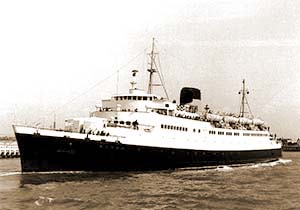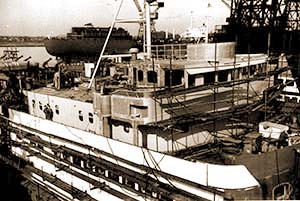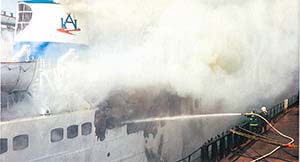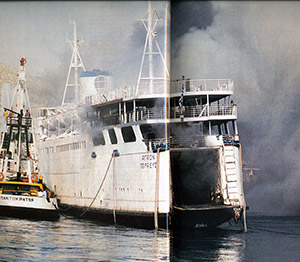Na de reeks van drie werd nog een schip besteld teneinde aan de vraag van vervoer voor de wereldtentoonstelling 58 te kunnen voorzien. Tevens wilde men meer eenheden die auto’s kon laden. De Artevelde werd door Cockerill op zeer korte tijd gebouwd als bouwnummer 794.
De tewaterlating had plaats op 1 februari 1958 en het schip kwam reeds in dienst op 1 juni 1958. Het was voorzien van twee dekken en kon 160 auto’s laden. In vergelijking met de vorige eenheden had het slechts een capaciteit van 800 reizigers. Ook op vlak van voorstuwing had men wat gereduceerd en voorzag men twee Sulzer motoren van 4800 pk. Ook hier werden er stabilisatoren geïnstalleerd dat wat voor meer comfort diende te zorgen. Het schip had tevens een roer vooraan bijgekregen.
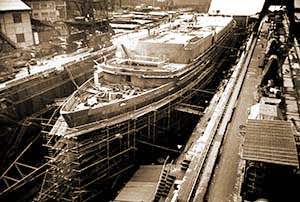
Reeds op 27 mei hadden de proefvaarten plaats en op 28 mei 1958 werd het schip in ontvangst genomen. De eerste afvaart had plaats op 1 juni 1958.
Op 14 november had de Artevelde ter hoogte van de Sandettie een aanvaring in de dicht mist met de Deense MS Alamada. Hierdoor werd het schip aan stuurboord beschadigd en werd later hersteld bij Belliard en Chrighton Antwerpen.
Vanaf 1 mei 1970 tot september 1973 deed ze verschillende afvaarten naar Harwich.
Op 7 oktober 1970 had de Artevelde in Dover een aanvaring met de Britse kuster “Seacon” waarbij deze laatste in vijf minuten zonk. De Artevelde kon met een beschadigde boeg nog terug naar Oostende terugkeren. De herstelling nam zowat zes weken in beslag.
Op 26 September 1976 was de laatste overtocht. Op 3 oktober 1976 werd het schip aan Vasillios Agapitos verkocht en kreeg de nieuwe naam “ Aigaion”. Het schip werd ingezet op diverse Griekse lijnen.
Op 13 november 1983 strandde het schip op het Partos eiland waarbij de motoren en huid werd beschadigd. De herstelling duurde tot eind januari 1984.
Tegen eind dat jaar op 1 december had de Aigaion opnieuw een aanvaring aan de ingang van de haven Agios Kirikas met een andere car-ferry “ Alcadeos”.
In februari 1996 was er in Drapetzona Griekenland een ombouw en herstelling voorzien om het schip aan te passen voor dag cruises. Er brak echter brand aan boord uit waardoor het schip naar het Atalanti en op het strand gelegd. Ongelukkig kapseisde het schip later die dag.

